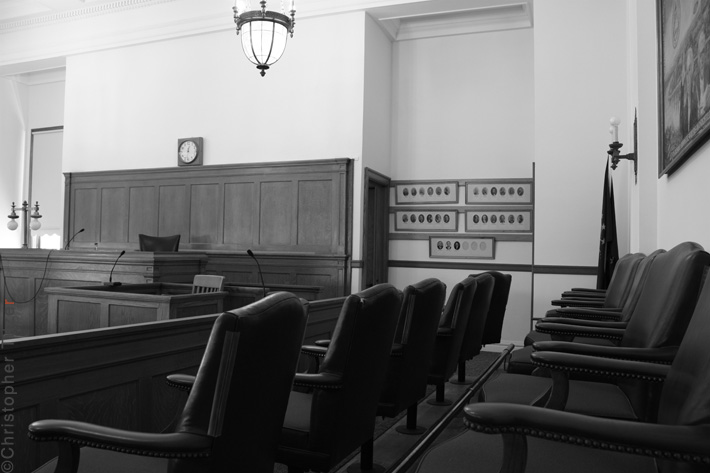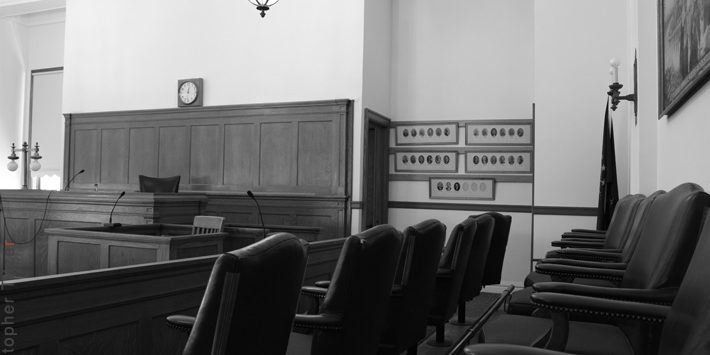
Although filing for bankruptcy often comes amongst stressful external circumstances, the chapter 13-bankruptcy process is structured in such a way where you shouldn’t encounter any surprises along the way. A key point to remember when filing for chapter 13 bankruptcy is the idea of debt consolidation rather than the kind of straight forward debt relief involved with chapter 7 bankruptcy.
The goal with chapter 13 is to allow debtors a form of rehabilitation given they fulfill their obligations laid out in a court-approved plan while retaining possessions over your home, car, or other significant financial asset which you might otherwise lose. Simply put, chapter 13 is an option for those who have the ability to pay their creditors but require a more affordable payment plan to do so.
Chapter 13 meeting of creditors
After filing, the initial first step of the chapter 13 proceeding a meeting of creditors. The purpose of the meeting is to allow the trustee and any attending creditors to verify bankruptcy documentation and ask any outstanding questions regarding your finances. If the trustee suspects you’re able to pay larger payments to your creditors, he or she may object to the plan until a change is made.
No judge attends these meetings, however you may be required to attend a separate confirmation hearing after the initial meeting if any objections are made. Most of the time, creditors don’t attend the initial meeting unless they wish to ask you specific questions regarding the surrendering of property or insurance information.
Chapter 13 repayment plan
The key component of your bankruptcy paperwork is the repayment plan. This kind of bankruptcy includes “priority debts” that are immediately paid for first during the initial stages of the repayment plan.
If your payment plan involves alimony, child support, unpaid wages to employees, or particular tax obligations, expect those payments to immediately rise to the surface.
In terms how long the repayment plan will last, the total time is tied to both how much you earn regularly and how much you owe. If your average monthly income over the past six months prior to your initial filing was more than the median income in your state, you should expect to adhere to a 5-year plan. If your income is lower, it’s possible to receive a 3-year plan.
If for some reason you find yourself unable to make a payment, the future of your bankruptcy plan will depend greatly on a particular circumstances of your situation. If you suffer a catastrophic incident such as a debilitating injury or illness or a layoff, your trustee may discharge your debt early. If the situation isn’t so dire, you and your trustee may meet to reformat the plan to accordingly.
Fixed income requirement
In nearly every case of chapter 13, the formal plan calls for the debtor to live on a strict fixed income while payments are being made. This usually involves establishing a spending budget which also must be approved in court. Since chapter 13 bankruptcy plans typically fall between three to five years from start to end, it’s important to consider what changes to your routine finances will have to be made in order to account for strict budget limitations.
The end of your chapter 13 case
Once your repayment plan is completed, your debts eligible for discharge should be dissolved. For those with high priority obligations such as child support or alimony, you’ll be required to show the court that you are now current with your payments and that you’ve finished a budget counseling course approved by the US Trustee.
Schedule a free consultation to discuss your bankruptcy options or other legal concern with a Beloit bankruptcy attorney from The Fitzgerald Law Firm by clicking here. You can also reach us by phone by dialing (608) 318-3489 in Wisconsin or (224) 725-3489 in Illinois.
Photo credit: ChristopherTitzer








